iOS 18 — here's the biggest upgrades I need to see
Forget AI, these are the apps that would benefit from an update in iOS 18
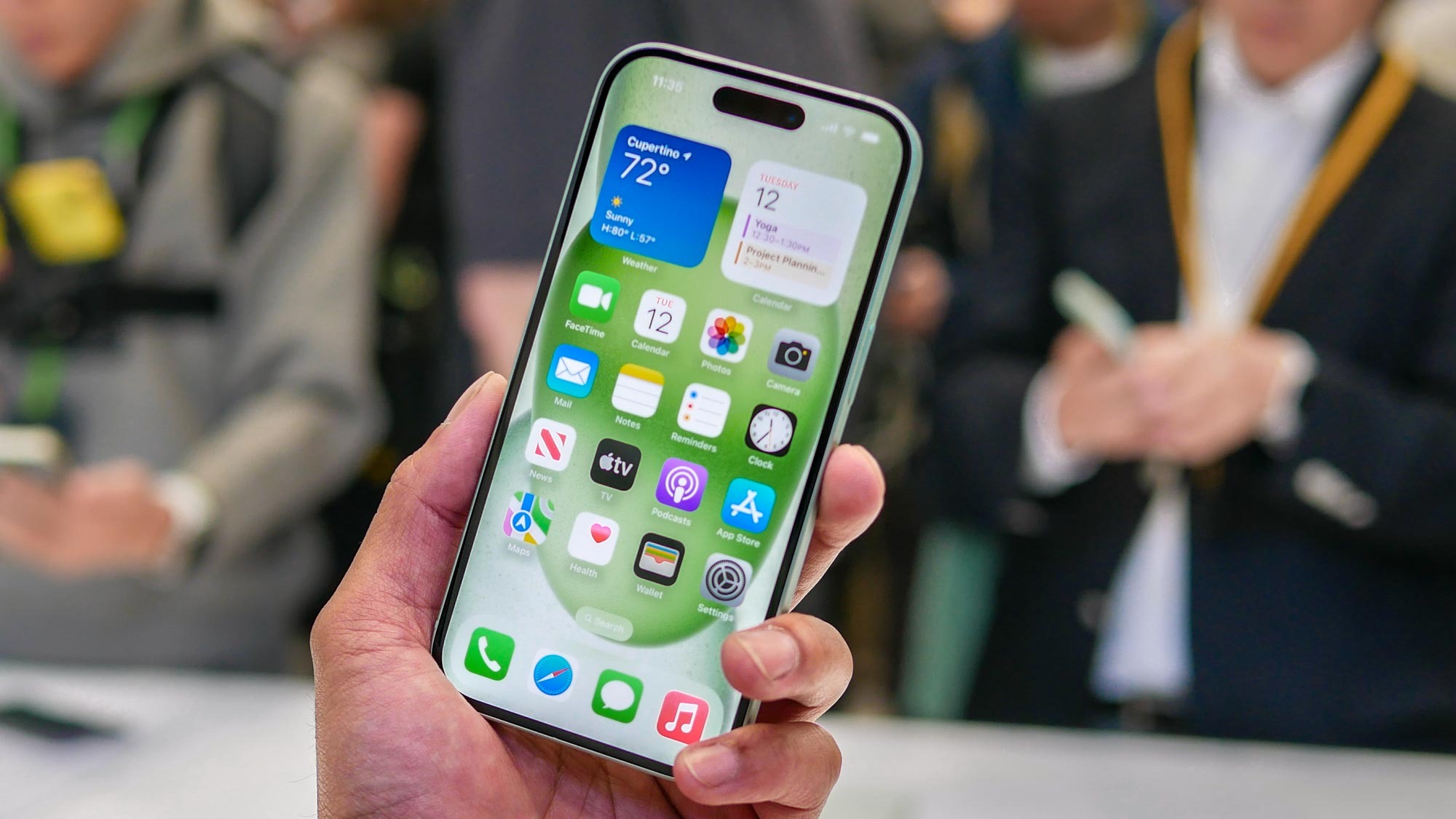
iOS 18 figures to put artificial intelligence front and center when the iPhone software update arrives on your phone later next year. Initial reports suggest an Apple-built AI chatbot could land on the iPhone via iOS 18, as Apple looks to catch up with the work being done on ChatGPT, Google Bard and other AI initiatives.
It certainly figures to be an interesting addition to the iOS software, one that potentially simplifies tasks and expands exactly what you can do with your iPhone. And you can understand why Apple is so eager to invest in AI, particularly in the software that powers its most important product.
Still, I wouldn't expect AI to be the only thing Apple focuses on with its iOS 18 efforts. There's the small matter of all those apps already on your iPhone, some of which could use an update or two.
To be clear, I'm generally a fan of iOS 17 and find Apple's iPhone software pretty polished, even if the occasional bug flares up. But even I think there are some apps that would benefit from a little tender loving care. Here are the current built-in iPhone apps that I hope to see updated when iOS 18 arrives.
Messages
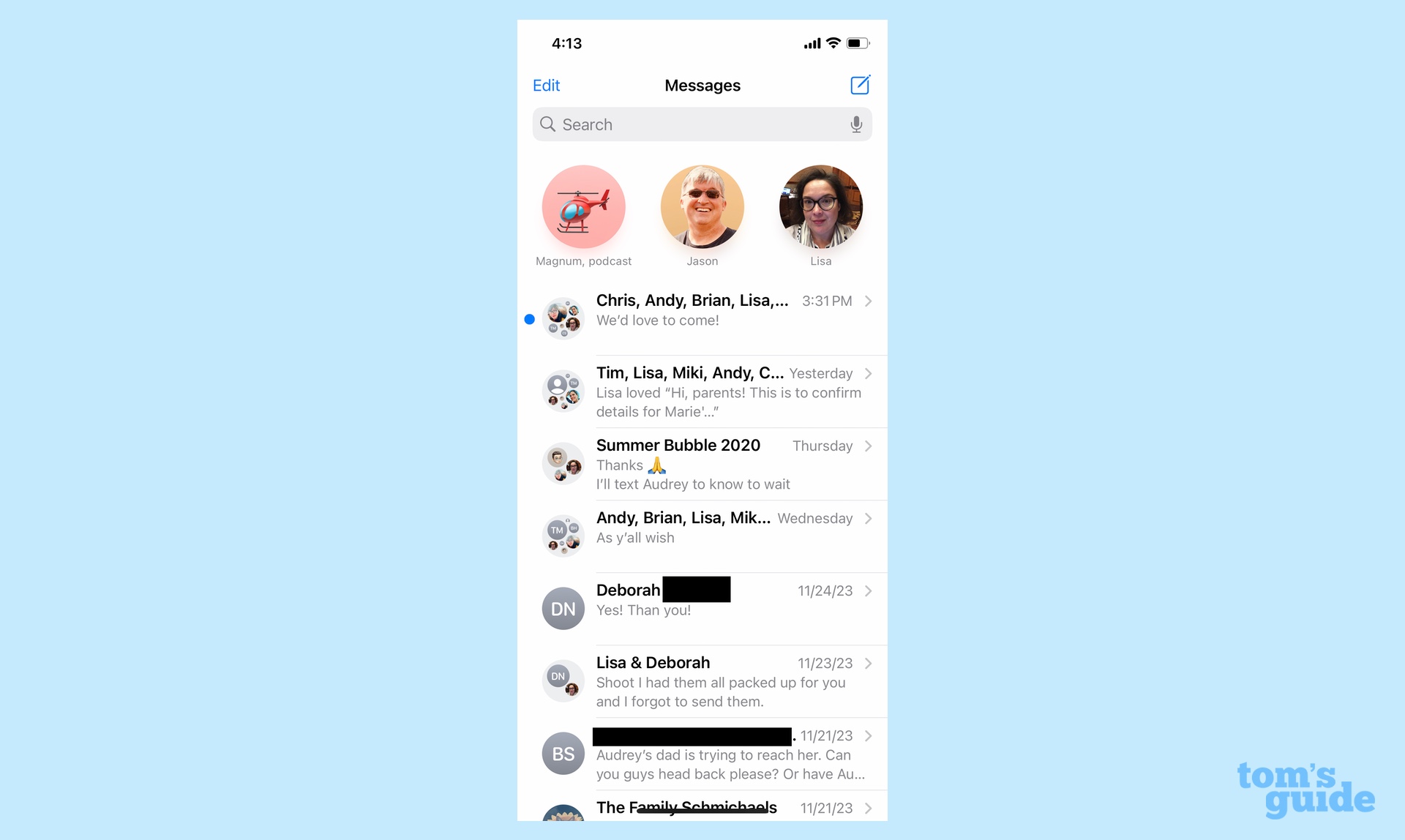
Look, Apple is going to make changes to Messages whether I ask them to or not. It's arguably the most used app on the iPhone, so Apple is understandably eager to give people a feature-rich experience. You only need to look at the extensive changes made to Messages in iOS 17 to get a sense of how much attention Apple devotes to this particular app.
Still, I think that more could be done, particularly on the organizational front. When I launch messages at present, I'm greeted by a list of every conversation I'm having, whether it's friends, coworkers or alerts and sign-in PINs from companies and websites. Yes, you can pin important conversations to the top of Messages, but I feel like more can be done.
Specifically, I'd like the ability to sort conversations into folders — one for my friends, one for work, one for all those notifications from my drug store or my bank. That way, I could more easily find the conversations I'm looking for by sorting them into places where I'm likely to look. It'd be even better if Apple were to employ some of those AI smarts to do all the sorting for me.
Camera
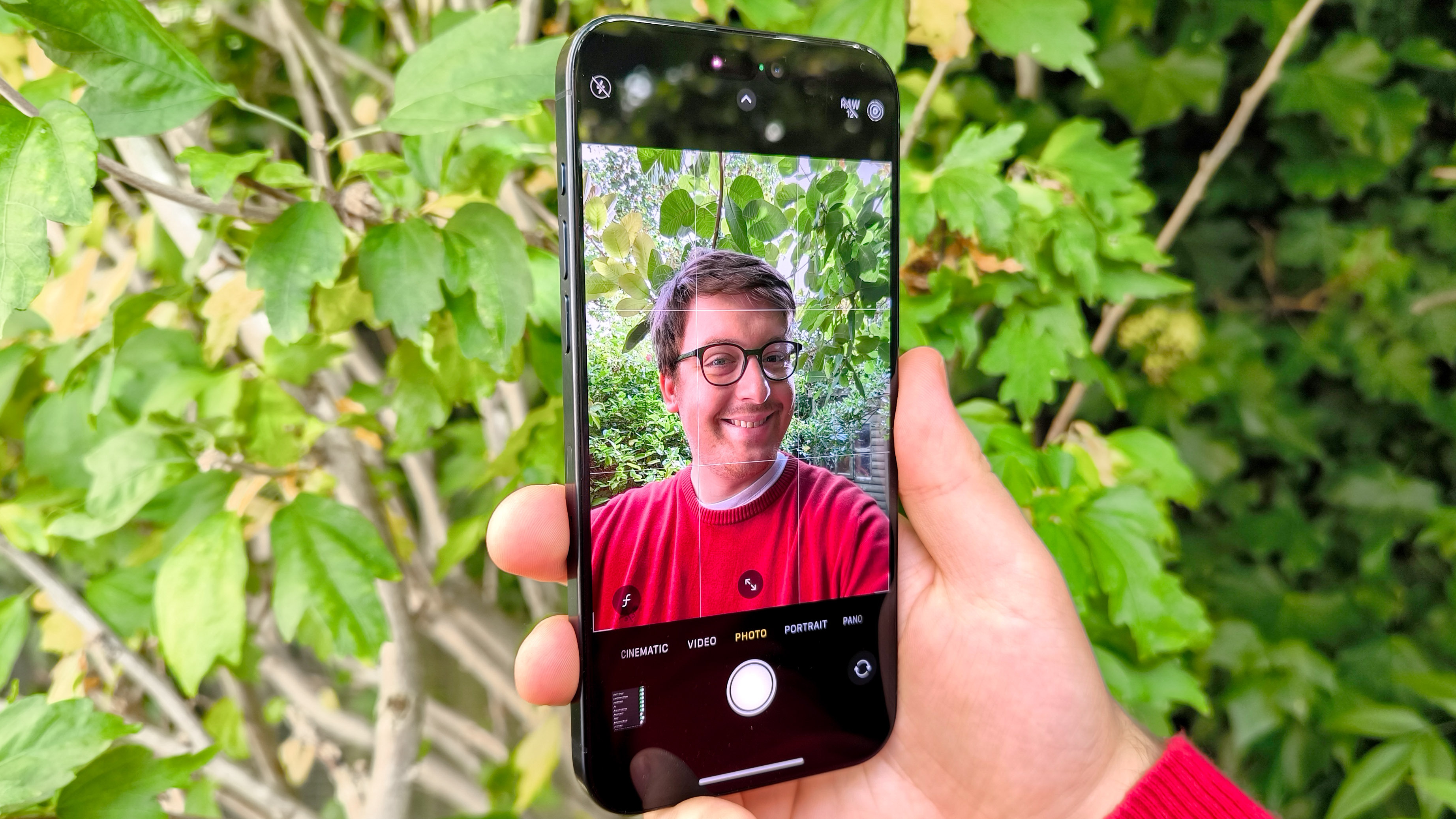
The Camera app lets you adjust some settings from within the app itself, like whether you're taking a Live Photo or not or snapping a photo for a shared library. You can even adjust the aspect ratio of your shot and the exposure, and if you're capturing video, you can change frame rate and resolution right there in the app.
That's all well and good. But there are some settings that if you want to adjust them, you have to leave the Camera app entirely and head to Settings. Want to turn on grid lines for your shot? That's in Settings. How about changing the resolution of your photos from the default 24MP on an iPhone 15? That's in the Settings app too.
I don't want to have to think about whether a setting I want to change is in the Camera app or not. Give me a single settings panel that I can reach from the Camera app with a single tap,
Fitness
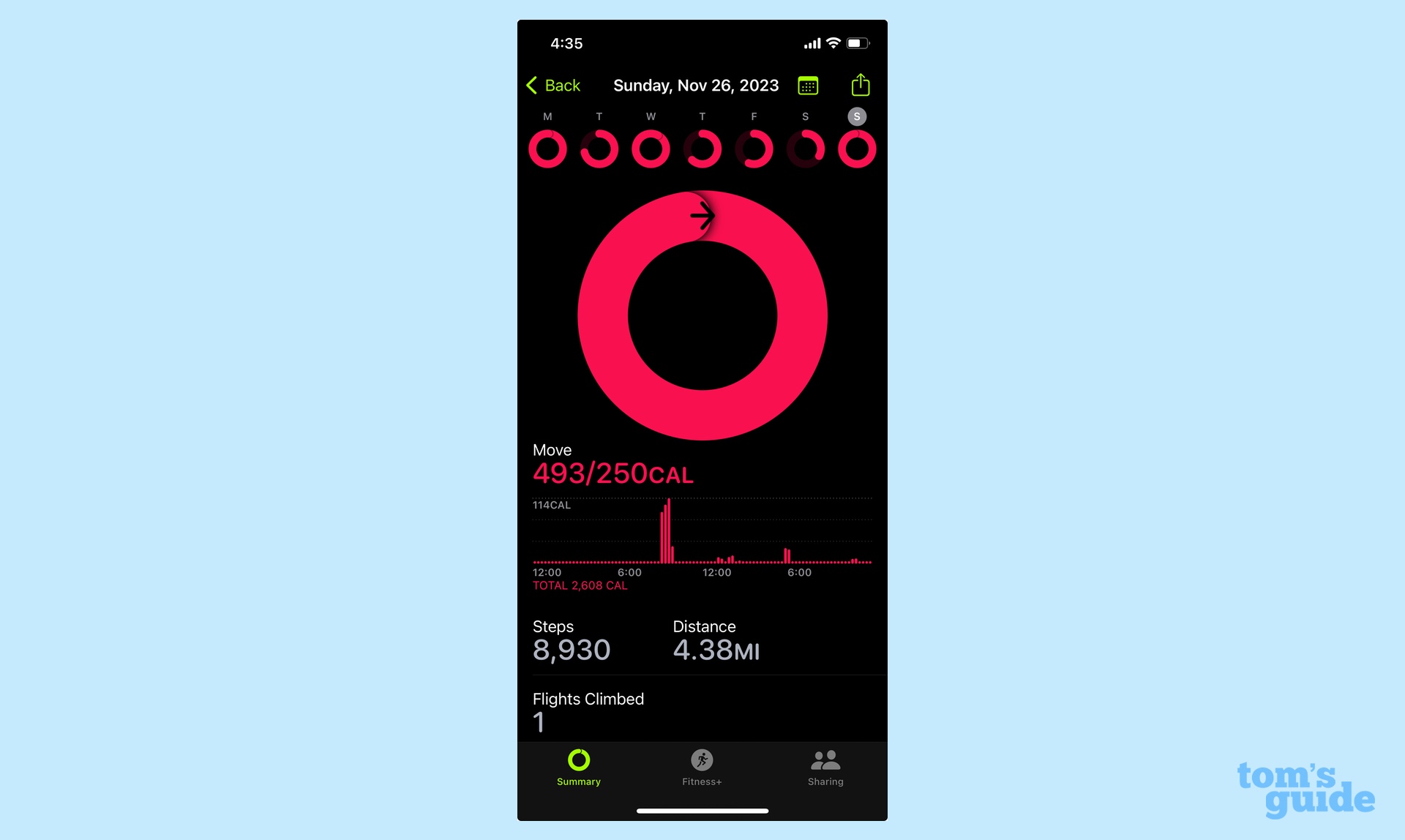
The addition of the Fitness app back in iOS 16 has been a life-changer for me, as it motivates me to be more active. (Sometimes, it's a little too aggressive with its motivations, but that's a complaint for another time.) I like the fact that I don't need to own an Apple Watch — I can't stand wristwatches — to be able to log my daily activity and chart my progress.
What I don't like is the Fitness app's inability to recognize when I've walked up a flight of stairs.
Oh, the app is supposed to record that — on the daily move circle showing the steps you've taken and the distance you've covered, there's even a dedicated area for tallying how many flights of stairs you've climbed in a given day. My beef is the fact that some flights of stairs are apparently easier for the Fitness app to track than others.
To leave my house, I have to descend a flight of 10 steps, which means to return home, I have to climb those same 10 steps. The Fitness app will record maybe one trek up those stairs out of four, and then only when I walk up the stairs in an exaggerated method that's doubtlessly orthopedically unsound.
I realize this is likely a challenge involving the sensors inside my iPhone, which may not register flights of stairs as accurately as a smartwatch (though my wife reports a similar issue with her Apple Watch). But if there's a way to fine-tune the Fitness app to more accurately log my activity, I wish Apple would find it. It's a minor flaw in an otherwise welcome addition to my iPhone, but it's one that annoys me.
Clock
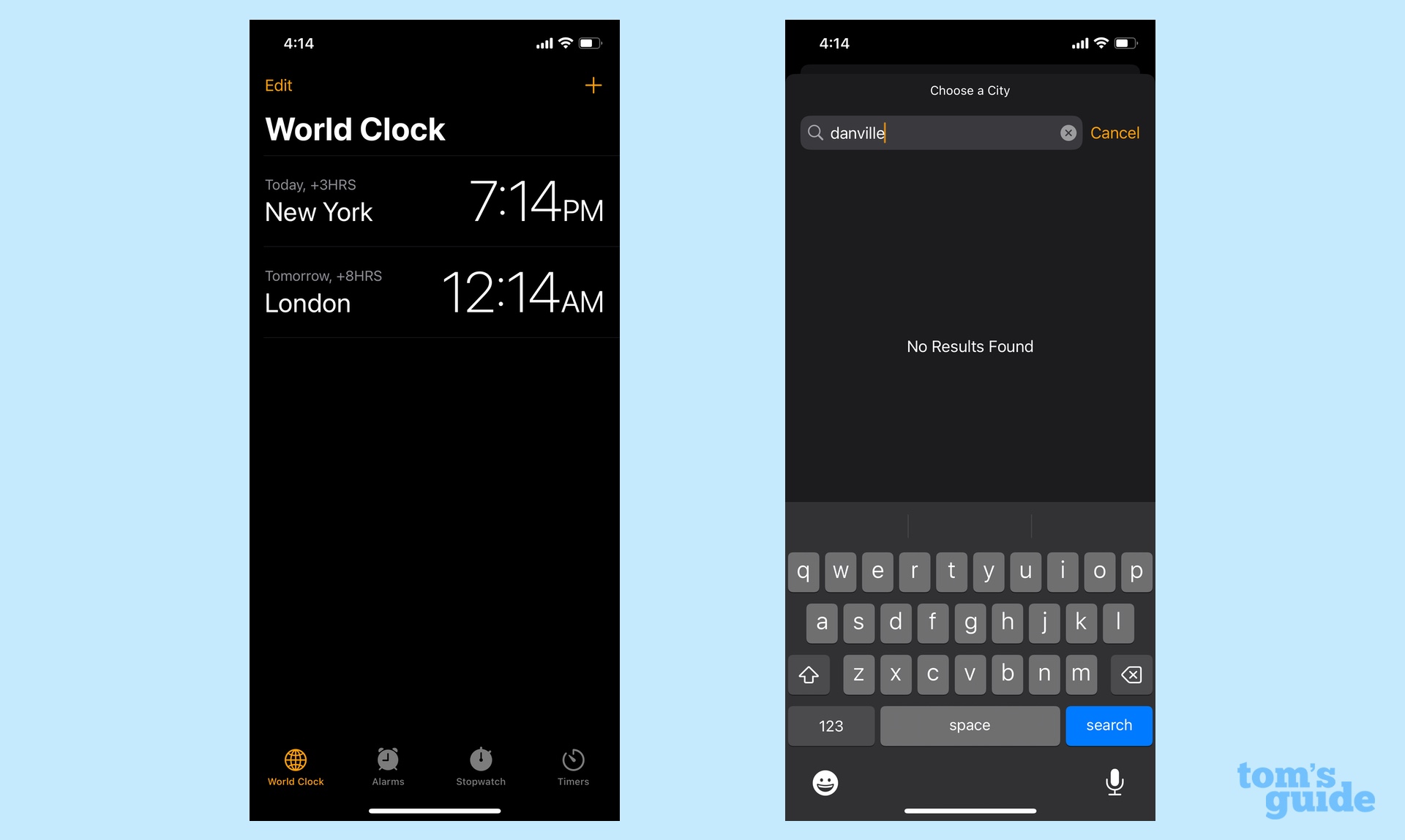
Speaking of minor-but-annoying shortcomings, the World Clock tab within the Clock app could use some fine-tuning of its own. World Clock lets you lock in the times for different cities around the world, so that if you have colleagues in London or relatives travelling in Istanbul, you'll be able to see at a glance what time it is where they are relative to your location.
It's handy, certainly, but there's a limitation. When you search for a city in the World Clock tab, you're limited to major cities around the globe; if the place you're searching for isn't listed, you've got to pick the closest major city to see what time it is there. Contrast that with the Weather app, which does let you drill down to smaller cities to find out the local forecast. Why doesn't the Clock app extend the same courtesy to its World Clock feature? Maybe iOS 18 could make that change.
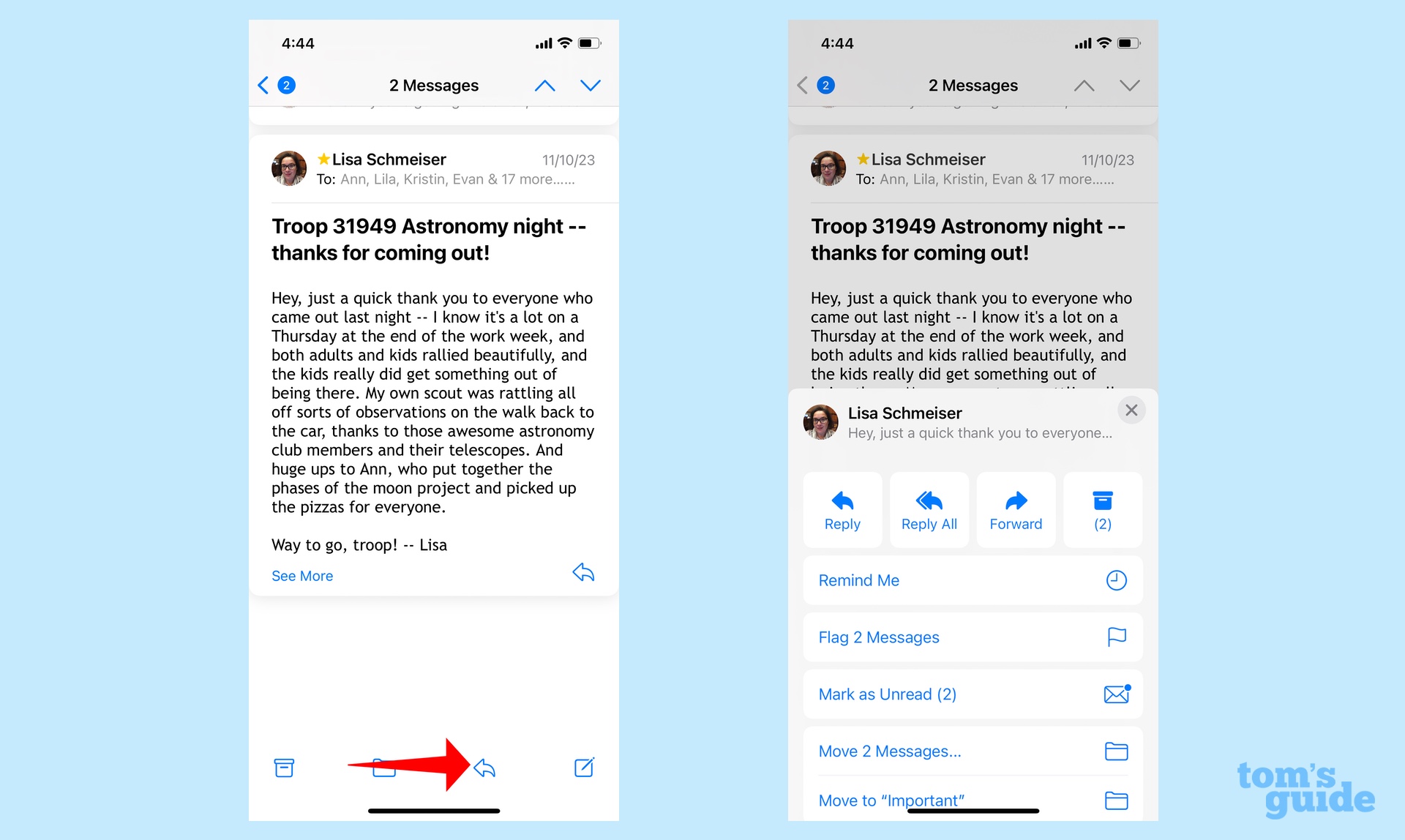
I just don't like the look of the Mail app on the iPhone at all. I hate the fact that replying to an email — one of the most likely actions you are to take with a message — requires two taps. In contrast, Gmail replies require just one. Of all the apps on the iPhone that need a redesign based on how people actually use it, Mail feels like it's at the top of the list.
Maps
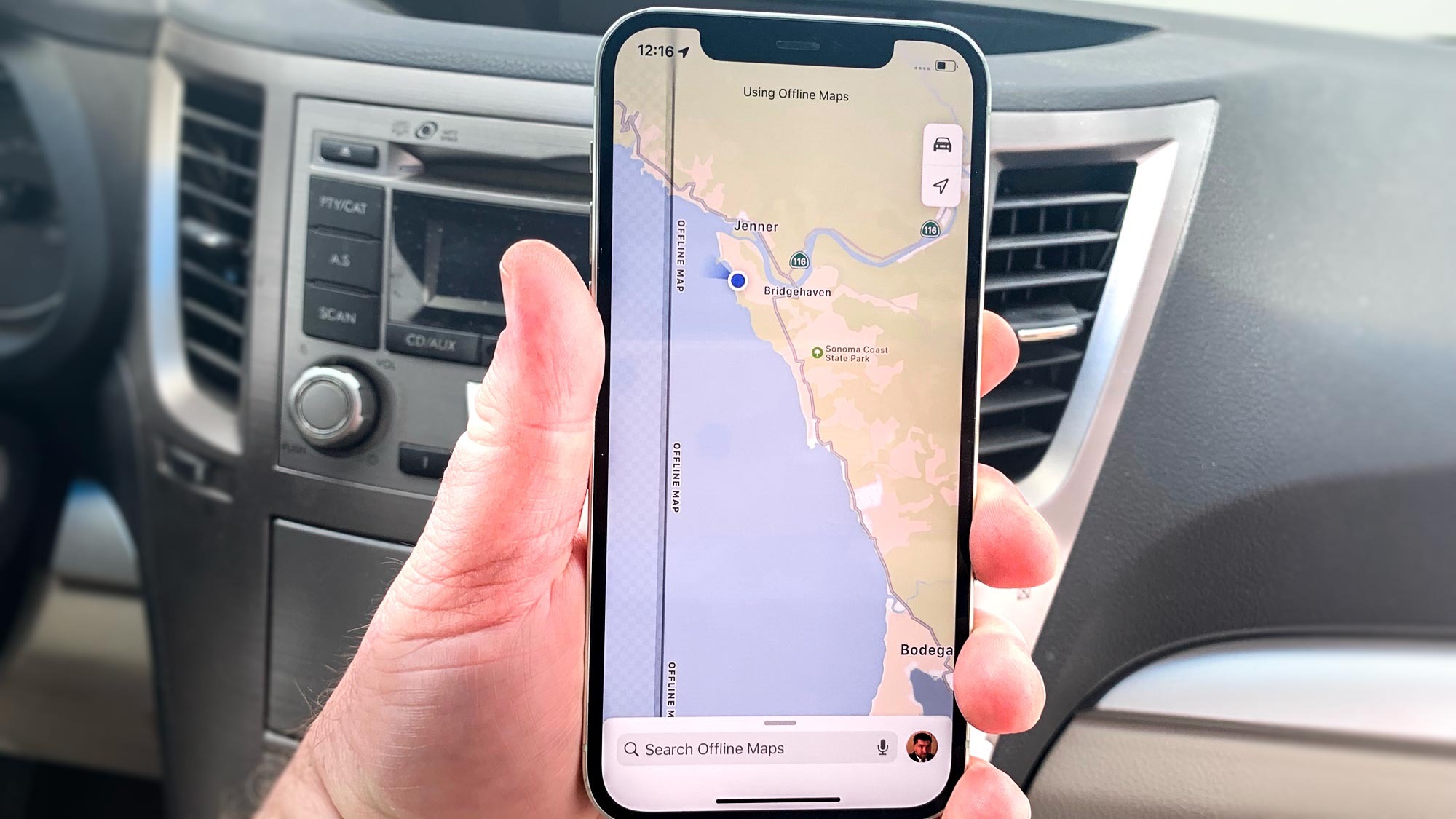
Let's end with my annual plea to Apple to make two big changes to the Maps app. As someone who enjoys hiking, I would like Maps to feature more accurate information about trailheads and parking for regional, state and national parks. When I use Maps to plot a route to a hiking location, it's usually a 50-50 chance that Apple's mapping software will send me to the wrong place. I understand that you take you chances with directions that take you off the beaten path, but Maps would be so much better if you didn't have.
While we're on the subject, Maps has made great strides in recent years adding routes for bikes, public transit and walking. Wouldn't it be great if the iOS 18 version added hiking trails as well? It would be especially useful now that iOS 17 brought in the ability to download maps for offline use.
Finally, I'll repeat my request that Apple tweak the turn-by-turn directions feature so that you can more easily mute navigation at different parts in your journey. When I'm leaving my house for a road trip, I don't necessarily need directions to get from home to the interstate — I know how to get to that leg of the trip, probably better than Maps does. It's once I get further from home that I need Maps to jump in and tell me what exits to take and what direction to go to.
Yes, I could use voice commands to ask for directions while driving, I prefer to concentrate on the road. Instead, what I'd like to do when planning a route at home is set a radius for turn-by-turn navigations to kick in — say, once I'm 20 miles away from my house, have Maps start telling me where I'm supposed to drive.
Like I said, I make this request every year. Hopefully, iOS 18 is the last year I have to ask.
More from Tom's Guide
Sign up to get the BEST of Tom's Guide direct to your inbox.
Get instant access to breaking news, the hottest reviews, great deals and helpful tips.
Philip Michaels is a Managing Editor at Tom's Guide. He's been covering personal technology since 1999 and was in the building when Steve Jobs showed off the iPhone for the first time. He's been evaluating smartphones since that first iPhone debuted in 2007, and he's been following phone carriers and smartphone plans since 2015. He has strong opinions about Apple, the Oakland Athletics, old movies and proper butchery techniques. Follow him at @PhilipMichaels.

